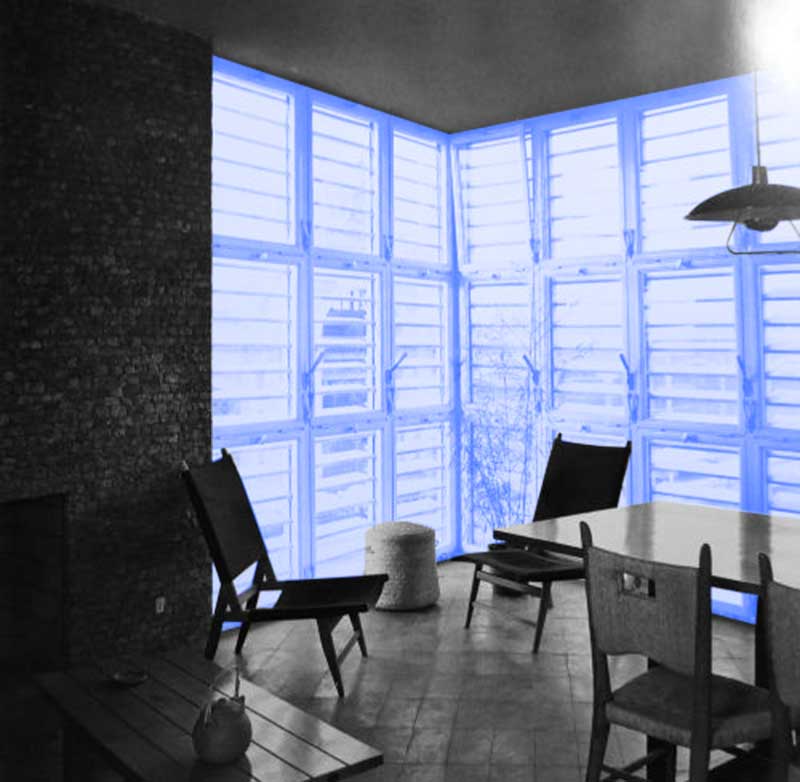INTERIOR
Modernity and Tradition in the work of José Antonio Coderch #José Antonio Coderch

José Antonio Coderch, one of the architects who brought back modern architecture to Spain at the end of the forties, is also the designer of four items that he used and developed through his career as an architect: the Capilla Hearth (1952) and the Polo Hearth (1955), the Llambí louvered shutter (1953) and the Disa Lamp (1957). His approach to modern architecture was based on a progressively refined personal interpretation of traditional architecture that gave him local and international recognition.
For him, Comfort, more than an accumulation of qualified objects, was the creation of a peaceful landscape in which the material and formal continuity made up a positive virtue (…).Lluís Domenech Girbau, The Cell and the Organism, 1987
Coderch redesigned the traditional louvered shutter for using it as a link to the exterior and a protection against solar light in many of his single-family houses. In larger works such as the building at the Barceloneta neighbourhood (1952), it is also an important element for the composition of the façade.
The concern about the quality of the interior and the link between tradition and innovation are also present in the design of the Capilla (1952) and Polo (1955) hearths, a couple of designs made out of thin metallic sheet. They actually play an important role in the interior of projects such as the house for painter Antoni Tàpies or the refurbishment of the Senillosa House in Cadaqués.
The Disa Lamp, which obtained the Delta de Oro ADI/FAD Award in 1962, filters the artificial lighting through wooden slats in an attempt to achieve the warmth from the fireplace or from the sunlight distilled by shutters. Used in projects such as the refurbishment of a country house for his own, this lamp takes part in the spatial arrangement and the atmosphere of the interior where it is placed.




